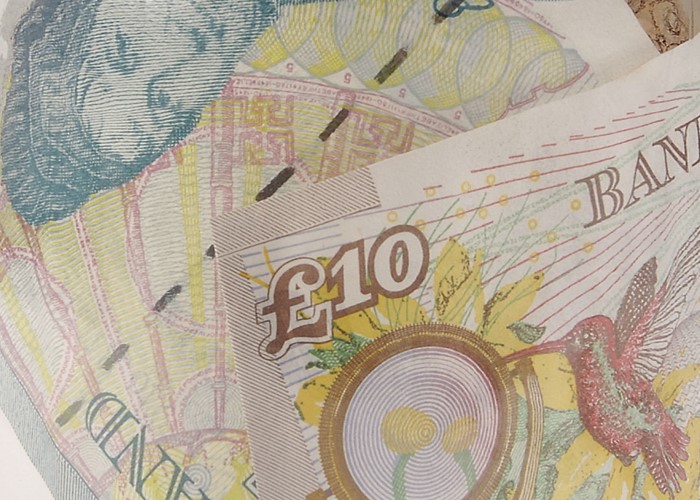Ten tips for smarter saving

With over 4,000 different accounts to choose from, saving can be hard work. Here's your map to the savings minefield.
Having spent most of my adulthood in debt, one of the sweetest stages in my life was when I switched from being a borrower to a saver. Sadly, it took me a long time to learn this valuable life lesson. At long last, by the age of 30, I was earning interest instead of paying it.
Here are ten lessons that I've learnt in my ten years as a saver:
1. You swap cash for catches
Banks and building societies are in the business of making money from savers. They are not charities and do not deserve your loyalty. They are experts in promoting attractive headline rates while hiding the nasty stuff in the small print.
So, always check the fine print, because the devil's in the detail...
2. Don't let your cash rot
For the past six months, the Bank of England's base rate has been stuck at 0.5%. This is its lowest level since the Bank was formed in 1694.
With savings rates at an all-time low, you can't afford to let your money rot in poor-paying accounts. In particular, watch out for these 60 awful accounts and 21 rubbish ISAs.
3. Don't rely on the Banking Code
Although the Banking Code was beefed up in 2008, it still favours the banks over savers. In particular, banks are free to cut savings interest rates without automatically informing savers.
They need only act if "the interest rate has fallen significantly compared with the...base rate". This leaves plenty of room to cut rates without informing savers.
4. Dodge the taxman
Over 19 million British savers use cash ISAs (Individual Savings Accounts) to save.
The best thing about these tax shelters is that you can deposit £3,600 per tax year and earn tax-free interest on your entire balance. (From 6 October, this limit rises to £5,100 for the over-50s; for younger savers, the extra £1,500 kicks in on 6 April 2010.)
Thus, if you pay tax, then an ISA should be the first port of call for your spare cash. After all, why needlessly lose 20% to 40% of your interest?
5. Bait and switch
Here's an old trick: advertise an attractive interest rate to pull in lots of new savers. After filling your coffers with this 'hot money', withdraw the account and close it to new customers.
Then, behind the scenes, start sneakily cutting rates. This trick fooled one friend who was shocked to discover that his £50,000 held with Abbey was earning 0.5% a year when top savings accounts were paying 6%.
6. Make use of introductory bonuses
One easy way to raise your interest rate is to deposit your money in an account with a short-term introductory bonus. In some cases, this bonus can boost your rate by more than 2% for, say, six to 12 months.
For example, the table-topping Citibank Flexible Saver Issue 6 account includes a fixed bonus of 2.25% for the first year (3.30% AER).
Of course, when an introductory bonus expires, your short-term cherry becomes a long-term lemon, so move your money as soon as your sweet deal ends.
7. Beware 'grand brands'
Some truly awful savings accounts come with fine-sounding names, such as Diamond, Gold, Midas and Premium.
To me, this smacks of false advertising. To be blunt, a pig with lipstick is still a pig, so don't be fooled by these 'grand brands' -- always check the rate and dig into the terms and conditions.
8. When 'easy access' isn't
To me, 'easy access' means that you can pull out your money (say, via the banking-payments system) without paying a penalty.
Nevertheless, several easy-access accounts penalise you for dipping into your pot. With some, a single withdrawal of even £1 costs you a month's interest on your entire balance, while others charge withdrawal fees.
Frankly, such accounts should not be advertised as 'easy access'.
9. Accounts for senior savers
Recently, I analysed 46 savings accounts aimed at the over-50s and found some paying as little as 0.05% a year in interest. That's a pathetic 50p a year for every £1,000 deposited.
Hence, senior savers should be especially careful not to be lured in by fancy-sounding age-related accounts.
10. For best results...
To earn the highest savings interest rates on offer, you have two choices.
First, you can fix your rate for between one and five years in a fixed-rate bond, the best of which pay 5%+ before tax.
Second, by saving a fixed amount for twelve months in a row, you can grab the great rates paid by regular-saver accounts. The best deals allow you to earn 5% a year before tax on a monthly deposit of up to £500.
In summary, when it comes to savings accounts, there are thousands of Don't Buys and only a few Best Buys. Therefore, tread carefully and make sure that your money goes into the right pot!
More: My top five instant-access savings accounts | How to earn 5%+ on your savings
Comments
Be the first to comment
Do you want to comment on this article? You need to be signed in for this feature